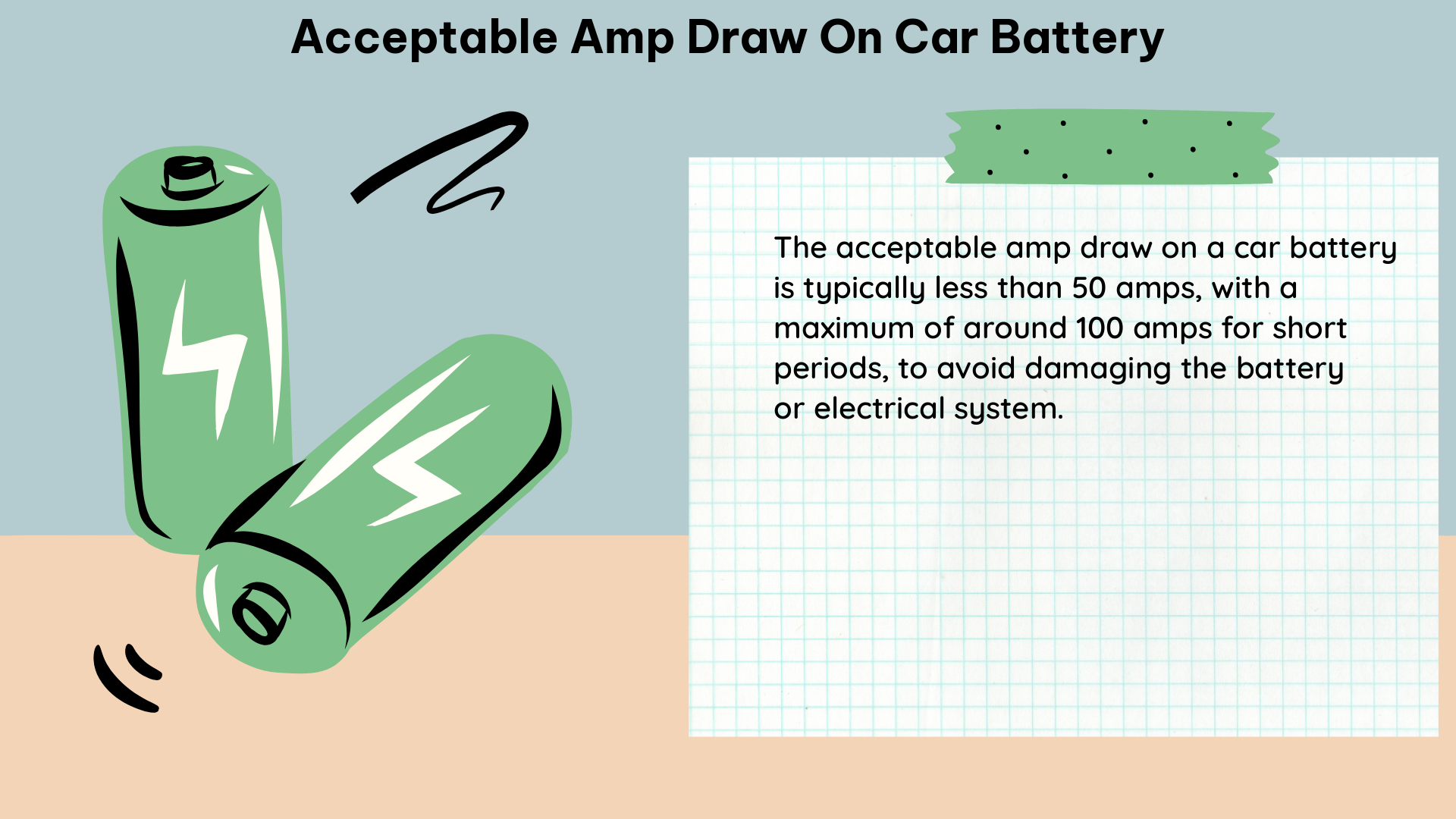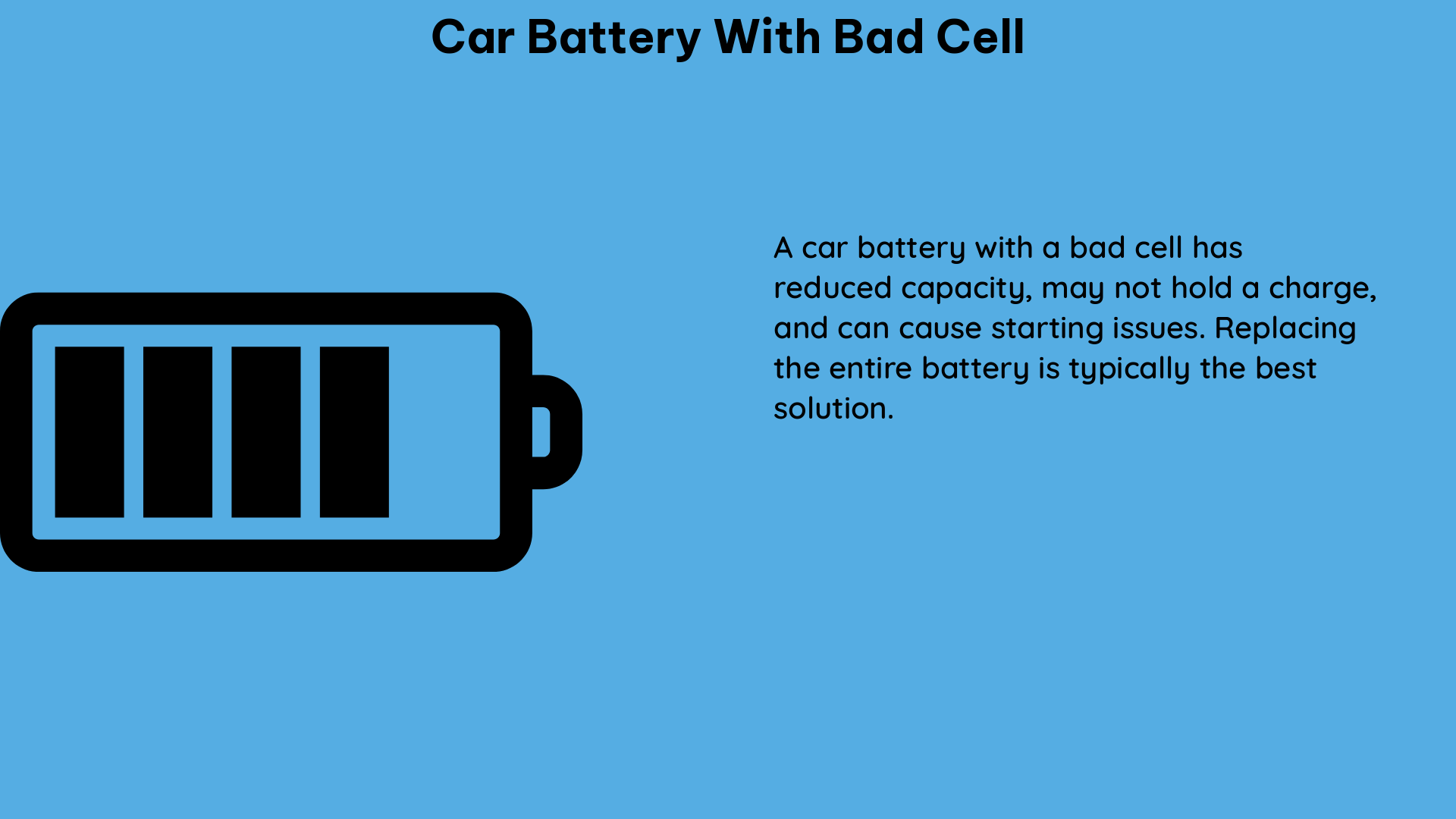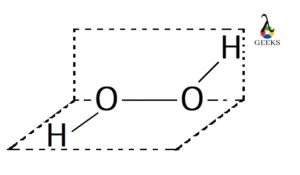So, what are single covalent bond examples ? When bond is formed by atoms by only sharing single pair of electrons between them it is termed as single covalent bond.
Some single covalent bond examples are discussed below.
Hydrochloric Acid
It was first prepared by scientist Glauber by mixing salt (common) and sulphuric acid (concentrated).
Preparation :
1) Hydrochloric acid gas is prepared in the laboratory by heating sodium chloride with concentrated sulphuric acid in a round–bottom flask fitted with a thistle funnel and a delivery tube.

Quicklime or phosphorus pentoxide cannot be employed for the purpose as they react with the gas chemically.
2)It is conveniently prepared in the laboratory by dropping concentrated sulphuric acid into a commercial sample of concentrated hydrochloric acid in a flask fitted with a delivery tube.


Image credit : Wikipedia
Properties of Hydrochloric Acid.
Physical :
a)Hydrochloric acid gas is a colorless, pungent-smelling gas with an acidic taste.
b)It fumes in moist air and is extremely soluble in water. One volume of water dissolves 452 volumes of the gas at room temperature.
c)It is heavier than air.
Chemical
a)It is incombustible and non-supporter of combustion
Acidic Properties
a)It is a typical acid but, when perfectly dry, does not affect litmus. In a moist state or in solution, it turns blue litmus red.

b)It reacts with metals, their oxides, hydroxides, or carbonates to give chlorides, e.g.
Stability – Hydrochloric acid is quite stable and is oxidized only by strong oxidizing agents like manganese dioxide, potassium permanganate, potassium dichromate, and lead dioxide or red lead.
Uses of Hydrochloric Acid
- It has a very crucial application in products (pharmaceutical) as it maintains the required pH of products.
- Also very important in the purification process of salt (table).
- It is also used as a cleaning agent as it has the potential to remove rust (or stain ) from various metals ( copper, iron ) due to its nature ( corrosive). Note: used mostly in dilute form.
- It plays an important role in producing various chemical compounds ( organic and inorganic).
- As a constituent of aqua regia, which is used for dissolving noble metals.
Tests:
The following characteristics properties of hydrochloric acid are used as tests:
- It gives thick white fumes of ammonium chloride with ammonia.
- Chlorine is liberated when hydrochloric acid is heated with manganese dioxide.
Read more about : 5 Polar Covalent Bond Examples: Detailed Insights And Facts
Hydrogen Peroxide
First prepared by reaction of acid and barium peroxide (oxygenated water) by LJ.Thenard.
Preparation:
- Commonly prepared at industrial level in the below-discussed method:
Method of electrolysis, wherein ice-cold sulphuric acid ( almost 30 % in concentration) is electrolyzed. The used solution is electrolyzed in acidified nature and at quite a high current. The product formed is peroxodisulphate which, on further Hydrolysis, gives out our required product.
2.It can be prepared by the process ( anthraquinone ) wherein anthraquinone is reduced then hydrogenated ( using palladium as catalyst ). It then auto-oxidises ( oxygen should be present) in which a group of ( hydroxy ) atoms are transferred to oxygen, giving us the product.
3.From Barium Peroxide: To prepare a pure sample of hydrogen peroxide free from metallic salt, barium peroxide is reacted with an acid that forms insoluble barium salt such as sulphuric acid, phosphoric acid, or carbonic acid.

4.By the action of carbon dioxide on barium peroxide.

Carbon dioxide is passed through hydrated barium peroxide paste in ice-cold water, as prepared above, in a slow stream, and the precipitate of barium carbonate so obtained is filtered off.
Direct synthesis of Barium Peroxide: A new process, not yet carried out on a large scale, consists of the preparation of hydrogen peroxide by direct synthesis. Hydrogen and Oxygen mixed in volume ratio 19:1 are saturated with water vapor and subjected to the action of high voltage and high-frequency electric discharges. This produces small quantities of exceptionally pure hydrogen peroxide.
As is clear from the above equations, the original substances, i.e., ammonium sulfate and sulphuric acid, are formed again. These are transferred to the electrolytic cell and used again.
These electrolytic methods yield pure hydrogen peroxide of 30-35 percent strength.

Properties of Hydrogen Peroxide:
Physical Properties :
- It is blue ( quite a light shade ) in color.
- Has a characteristic odor ( quite sharp ).
- Having a melting point of-0.43 degrees Celsius and boils at a temperature of 150.2 degrees Celsius.
- Referring to its solubility, it is observed to be miscible in water and also dissolves (soluble) in ether and alcohol.
Chemical Properties:
Chemical properties of hydrogen peroxide are discussed under:
The decomposition is an example of an auto-oxidation reduction reaction. It is reduced to an oxidation number –2 in H2O.
The presence of manganese dioxide, carbon, or finely divided metals accelerates this decomposition. All of these substances are, therefore, called positive catalysts. Traces of acid, acetanilide, or alcohol render it more stable, i.e., serve as negative catalysts.
Dilute solutions (about 3%) of hydrogen peroxide keep fairly well in dark-colored bottles but decompose slowly when exposed to light.
Uses:
- Used as a bleaching agent (pulp, paper bleaching at industrial level).
- For synthesizing compounds ( organic compounds-organic peroxides).
- Used in waste treatment plants ( for removal of mostly organic impurities).
- It has a crucial application in disinfecting ( surfaces of surgical tools etc .).
- It may also be used in skincare ( treatment process of acne).
- As a propellant in rockets.
- As an oxidizing agent in certain reactions in the laboratory.
Tests:
Various tests employed for hydrogen peroxide are:
a)It liberates iodine from potassium iodide in the presence of ferrous sulfate.
b)When shaken with potassium dichromate solution in sulphuric acid and ether, the beautiful blue color is seen in the ethereal layer. The blue color is ascribed to the peroxide of chromium, CrO5. The ether serves to concentrate and stabilize it.
Precautions:
Lower Concentration causes no harm, but a high concentration of H2O2 can be very dangerous as it is corrosive can damage the skin if it comes in contact with it.
Fluorine
Preparation:
The method used for the preparation of fluorine :
It can be prepared by Moissan’s process- it involves electrolysis ( potassium fluoride) at around 8-10 volts.

Properties of fluorine:
Physical:
Fluorine is a pale greenish-yellow, pungent-smelling gas. It is poisonous in nature but not as poisonous as hydrofluoric acid vapor. It is heavier than air. It condenses to a pale-yellow liquid and crystalizes to a pale-yellow solid, which becomes colorless at 21 K.
Diatomic fluorine molecule F2 corresponds to the following electronic configuration:

Chemical:
• Affinity for hydrogen: Fluorine combines with most hydrogen explosively even in the dark and even in the dark and even at 21 K.


•With Organic compounds: Fluorine reacts with organic compounds (e.g., CH4), violently producing hydrogen fluoride and carbon tetrafluoride. Direct fluorination of organic compounds is, therefore, difficult. Fluorination is, however, possible with fluorine diluted with nitrogen in the presence of a catalyst (copper gauze).
Uses:
- The existence of a single naturally occurring isotope of fluorine makes UF6 an excellent choice for the separation of uranium isotopes by the gaseous diffusion method.
- Fluorine is being used to prepare derivatives useful as solvents, lubricants, refrigerants, fire-extinguishers, fungicides, germicides, dyes, and plastics. For example, ‘Freon’—a refrigerant is CCL2F2.
- Teflon—a plastic, is obtained by polymerization of C2F4. DDFT is an efficient fungicide like DDT. Sulfur hexafluoride is used in nuclear physics and high voltage electricity.
Read more about : 4 Hydrogen Bond Examples : Detailed Insights And Facts
Chlorine
Preparation:
Deacon’s Process:
This is an old method for the manufacture of chlorine and is obsolete now. The process depends on the fact that hydrochloric acid gas is partially converted into chlorine when heated with oxygen (in the air) at 673-723 K in the presence of a catalyst.

Bricks or porous earthenware impregnated with cupric chloride are used as a catalyst. The action of the catalyst is explained as follows:

Properties of Chlorine
Physical
- It is a greenish-yellow, pungent-smelling gas heavier than air (about 2.5 times as heavy as air).
- It is poisonous in nature. It causes headaches if inhaled in small quantities and may prove fatal when taken in large quantities.
- It dissolves in water to give chlorine war which smells of chlorine, and on cooling deposits, greenish-yellow crystals of CL2.8H2O.
- It can be easily liquefied by cooling under pressure to a yellow liquid which freezes at 172.4 K to a pale-yellow solid. Faraday liquefied chlorine under its own pressure by cooling in a freezing mixture.
Chemical
- Combination with elements: It is one of the very reactive elements and directly combines with a number of other elements, e.g., hydrogen (in diffused sunlight); phosphorus, antimony powder, sodium, and thin copper leaves (when thrown in a jar of chlorine), iron, aluminum and other metals (when heated in a current of chlorine).
- Affinity for hydrogen: Chlorine has a great affinity for hydrogen. It decomposes to water, and a burning candle or a filter paper soaked in turpentine oil continues burning in it with the deposition of carbon. In each case, hydrogen combines with chlorine to give hydrochloric acid.

Uses :
- For bleaching, wood pulp is used for the manufacture of paper and rayon and for bleaching cotton and linen textiles.
- For purification of drinking water.
- Inorganic chemical industry, it is used for the manufacture of chloroform (CHCL3); carbon tetrachloride (CCL4) and ethylene chloride (C2H4CL2), solvents, refrigerants, DDT, synthetic plastics, rubbers, anti-knock compounds, etc.
FAQs:
Give one way for estimation of hydrogen peroxide .
Ans- We can estimate amount of hydrogen peroxide in a sample by titration method , standard KMnO4 ( burette ) is titrated with sample+ sulphuric acid ( flask solution ).
Which of the above discussed compound is used in paper industry ?
Ans- Chlorine
Read more about Americium Electron Configuration.
Also Read:





